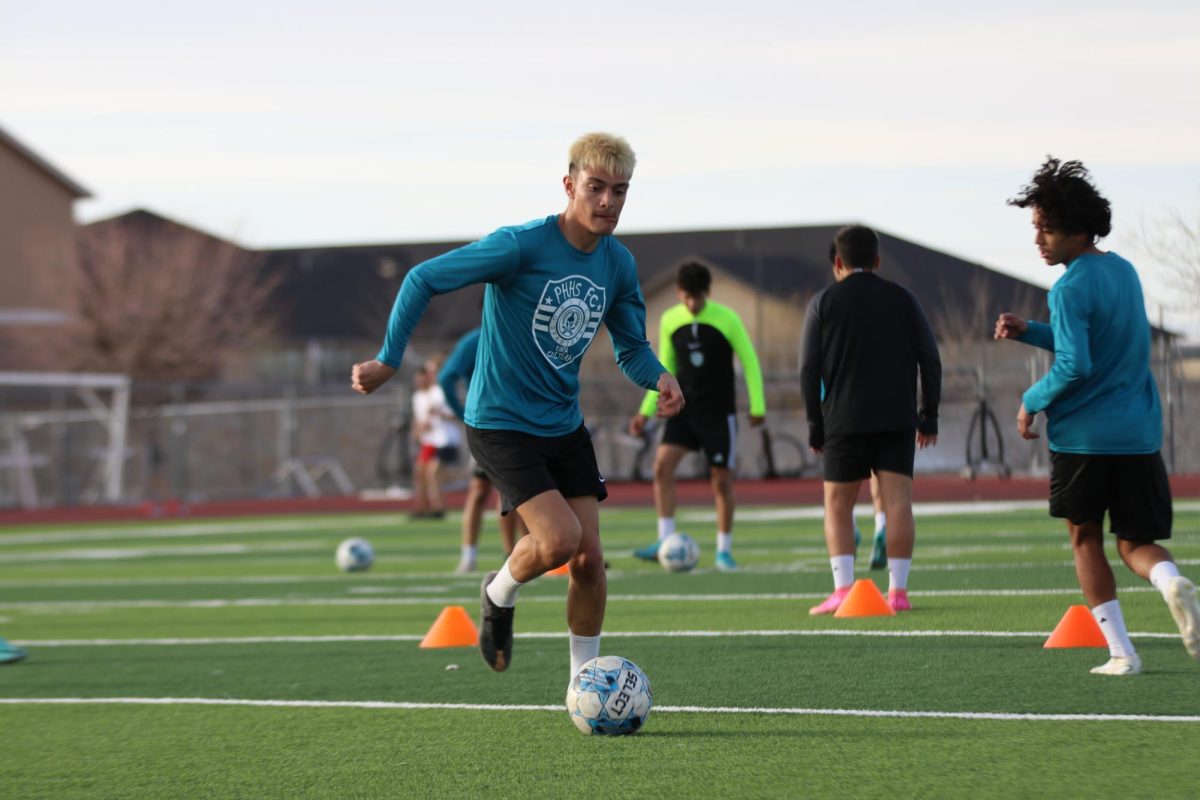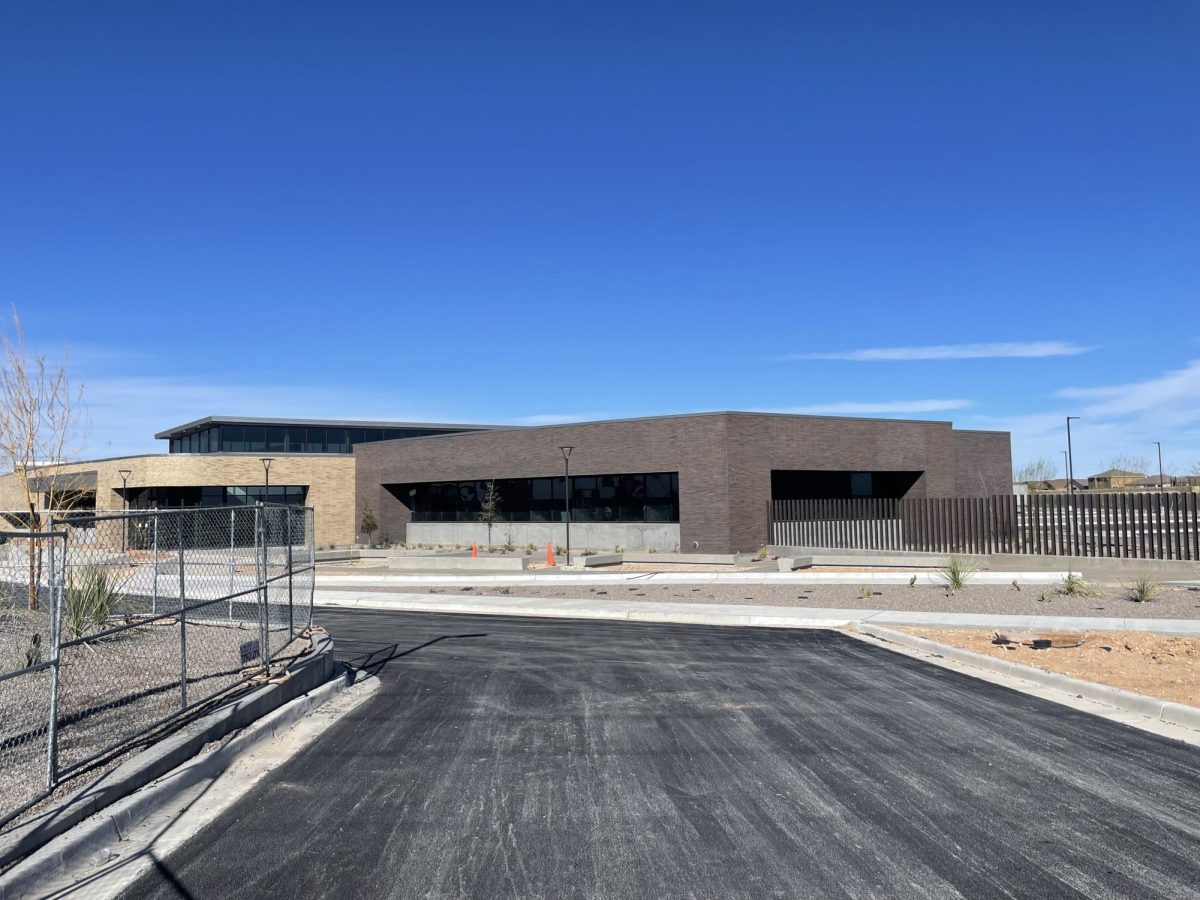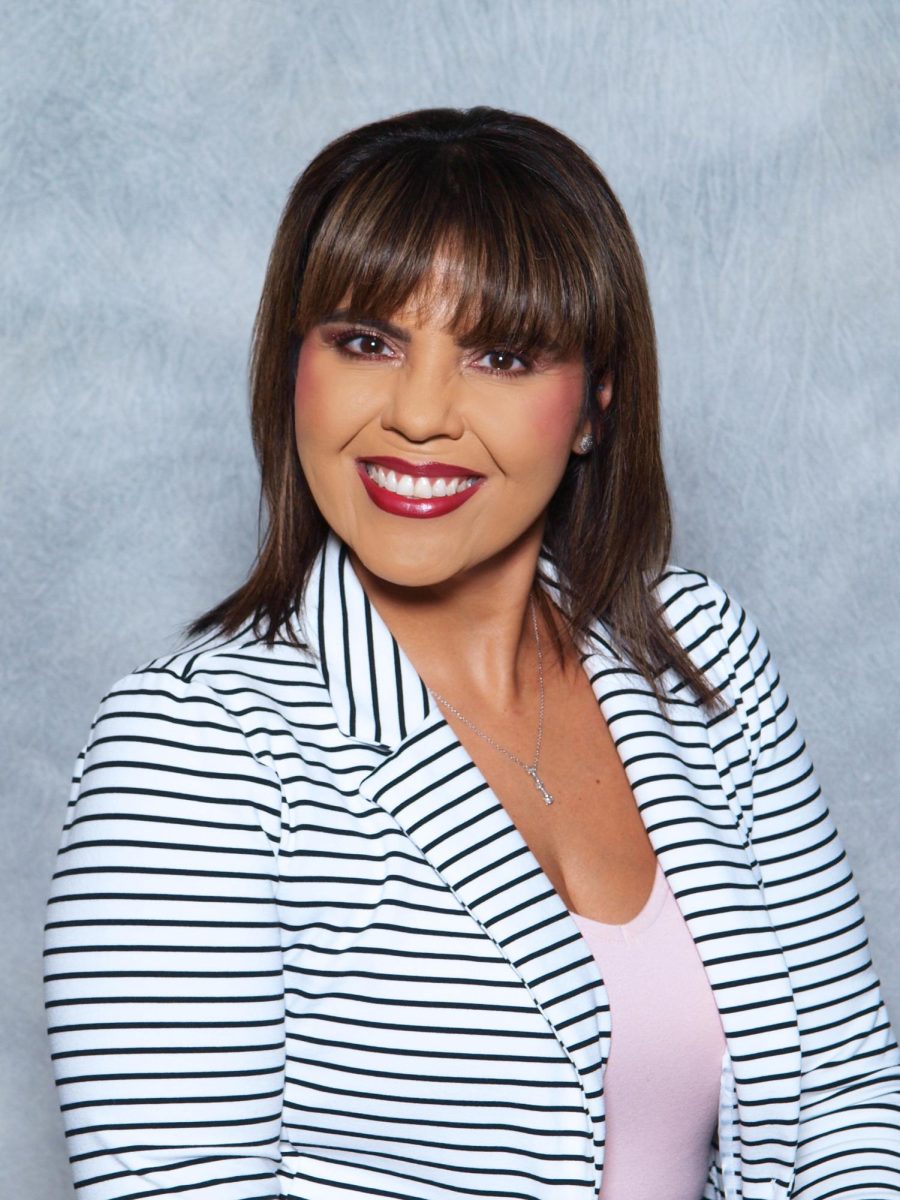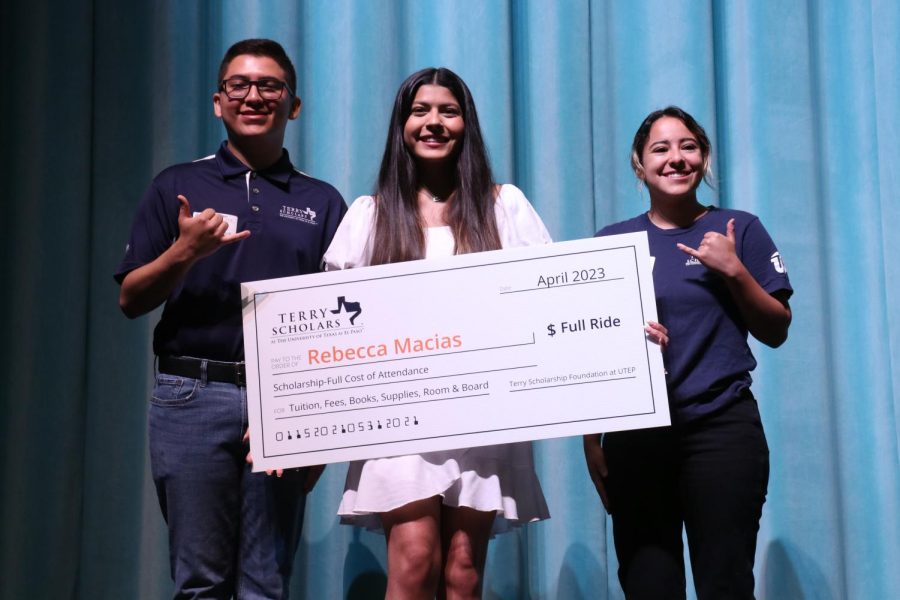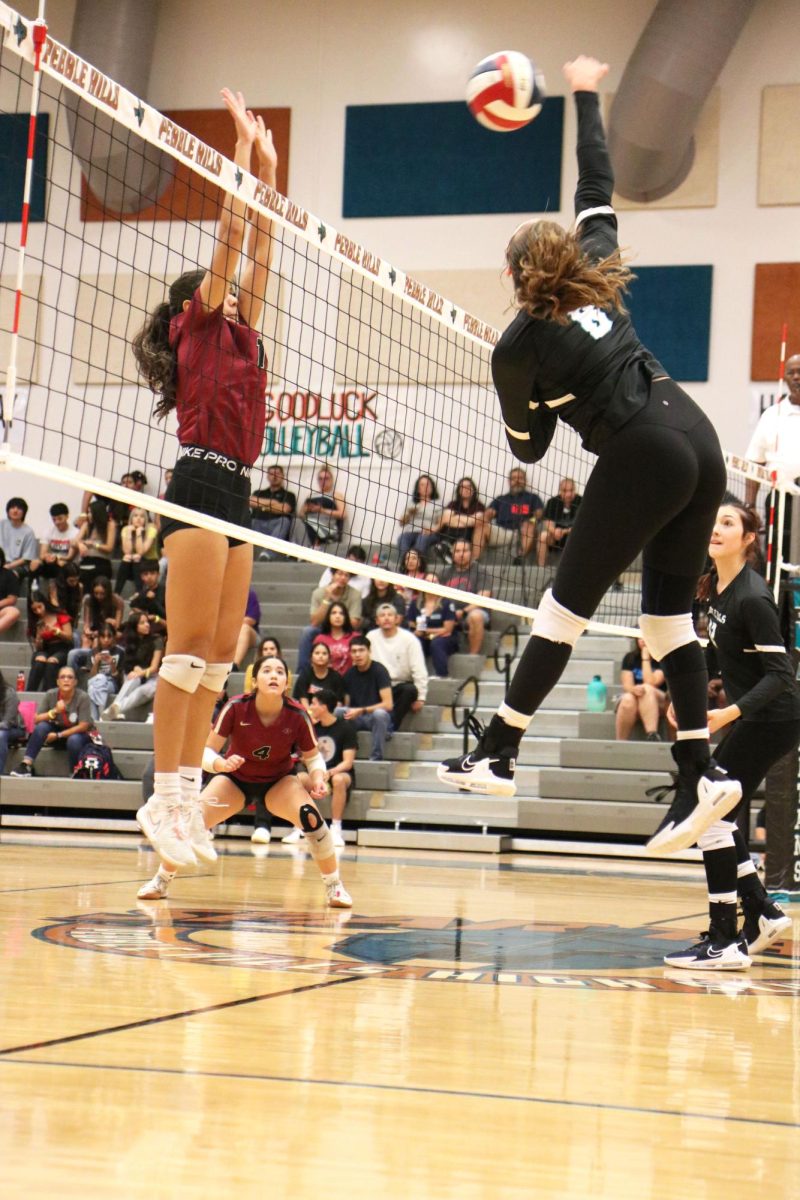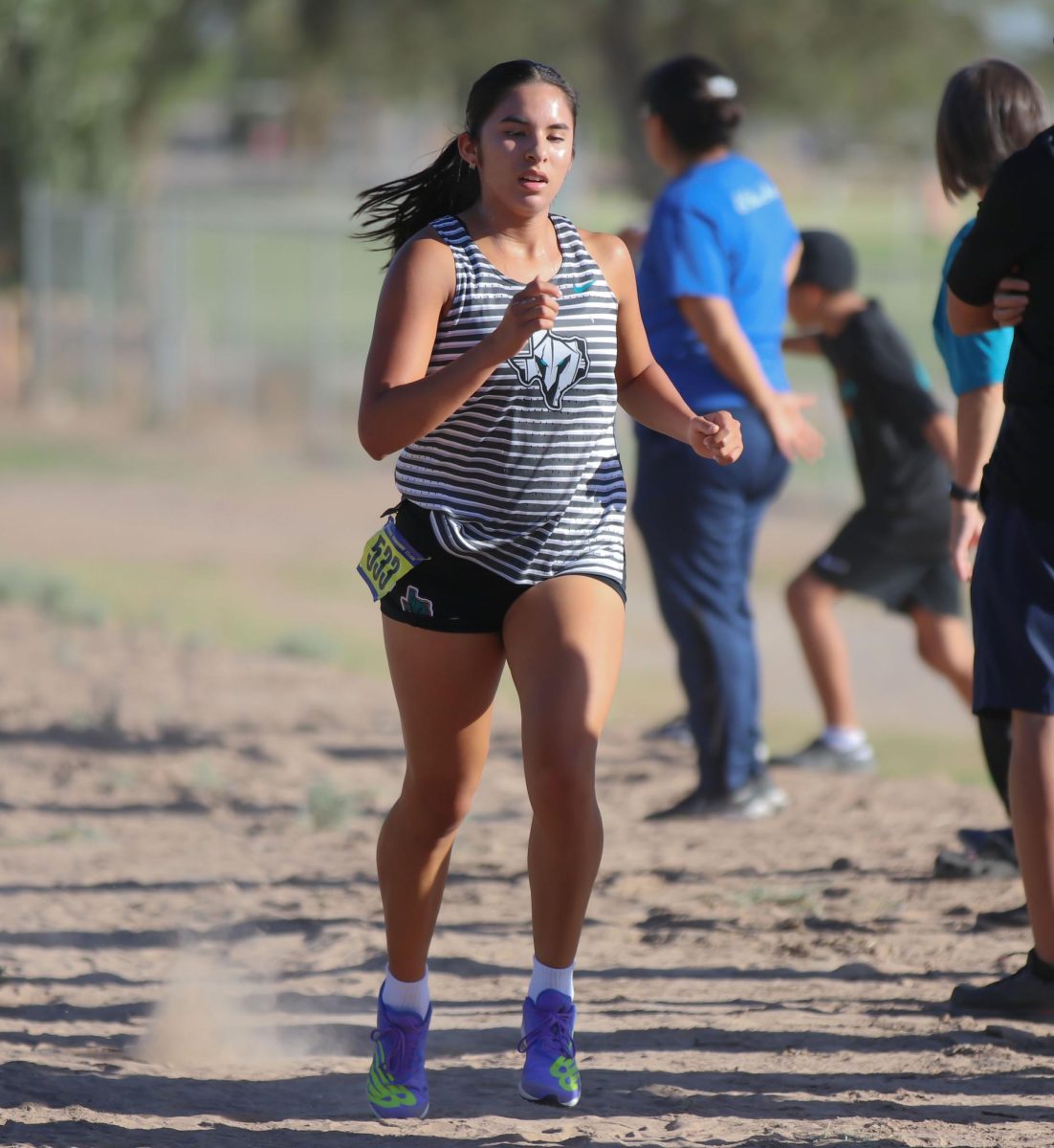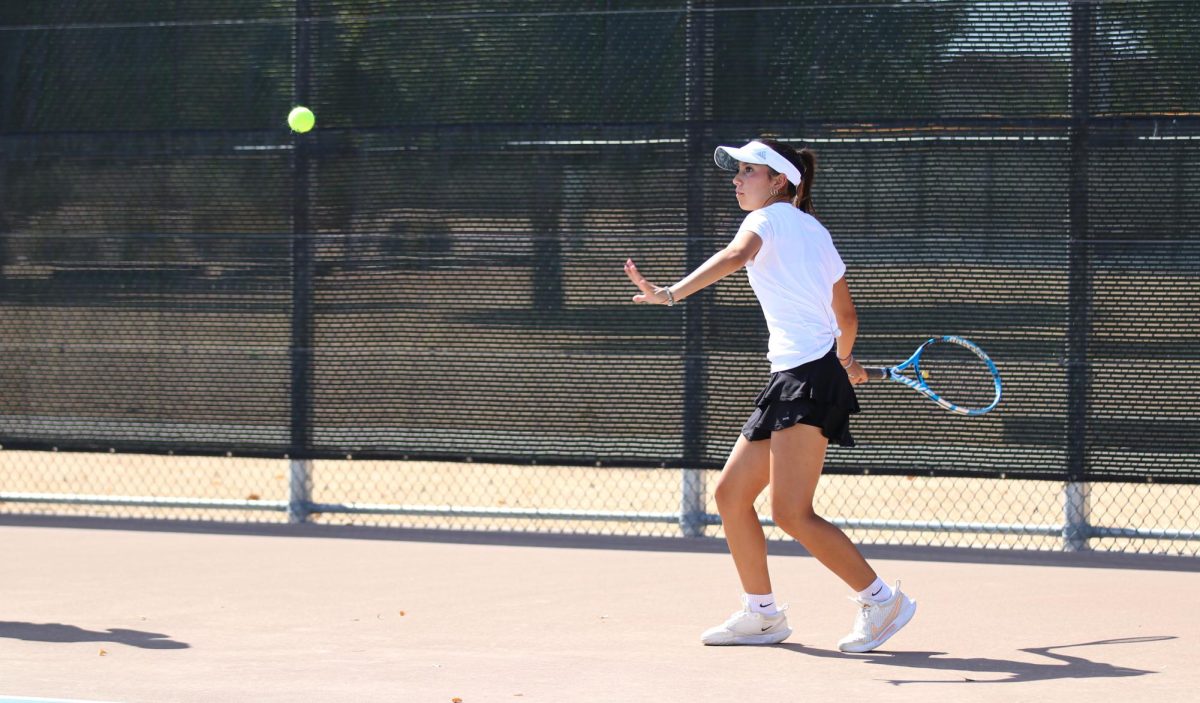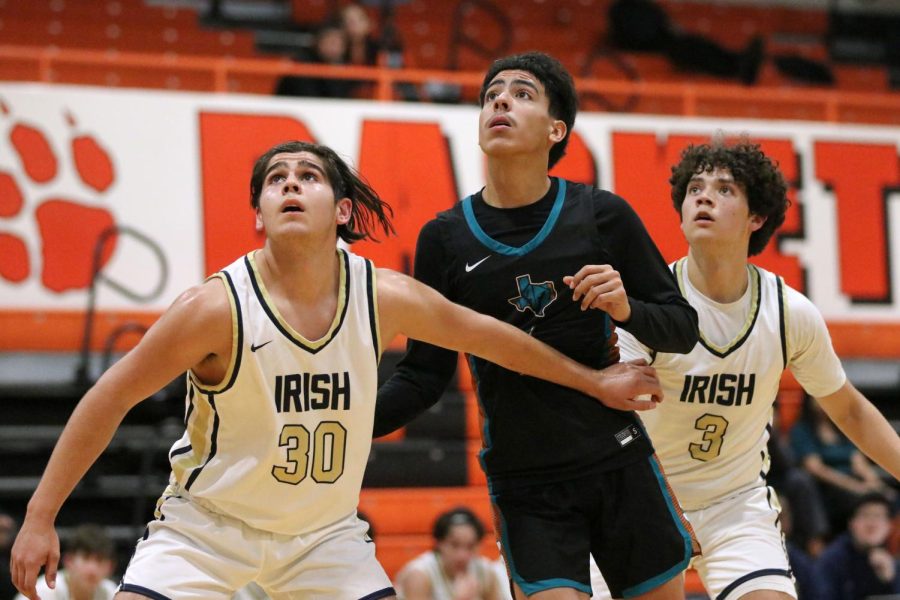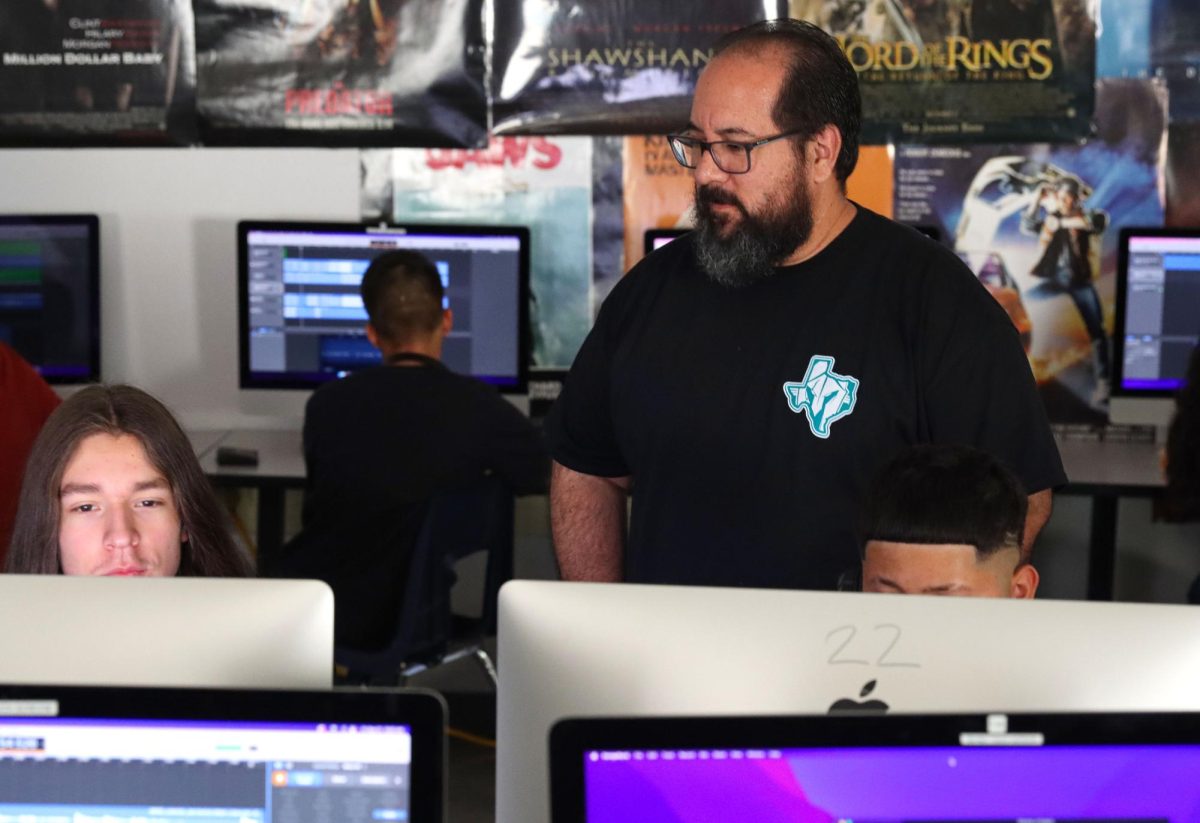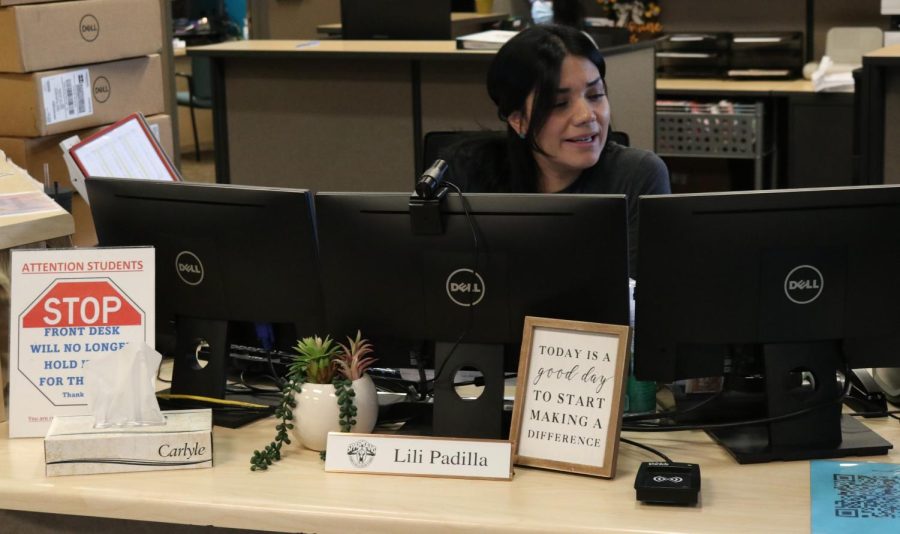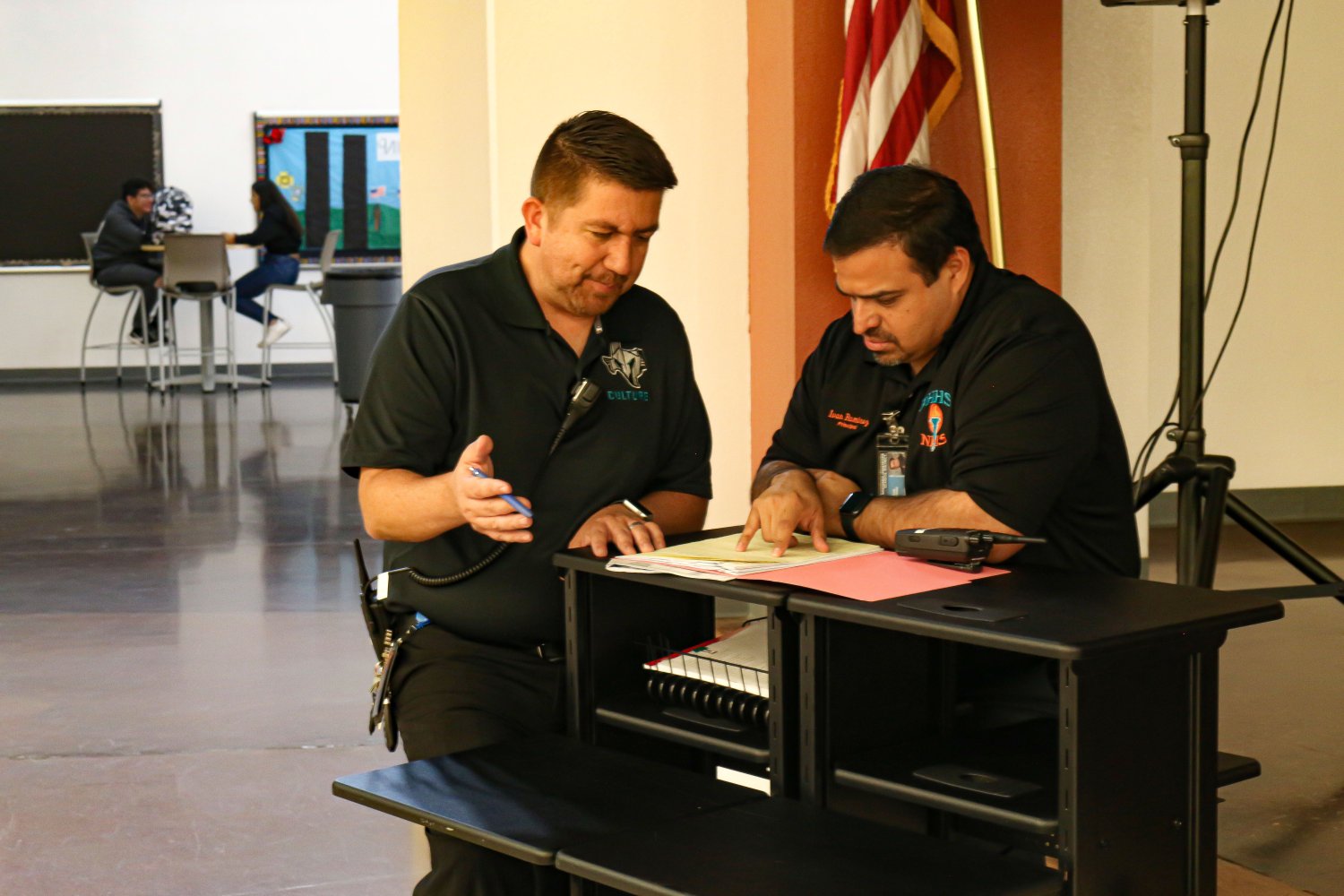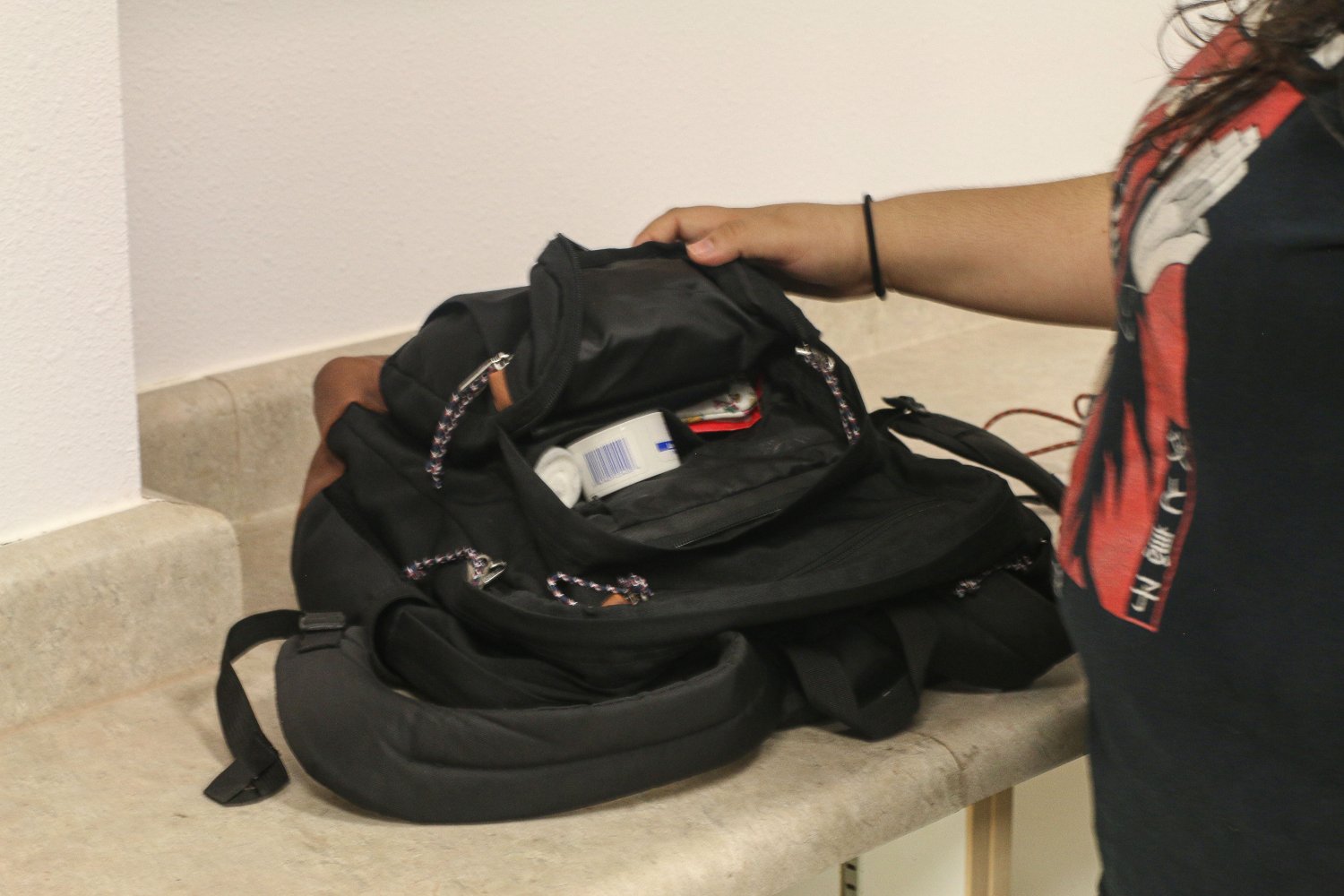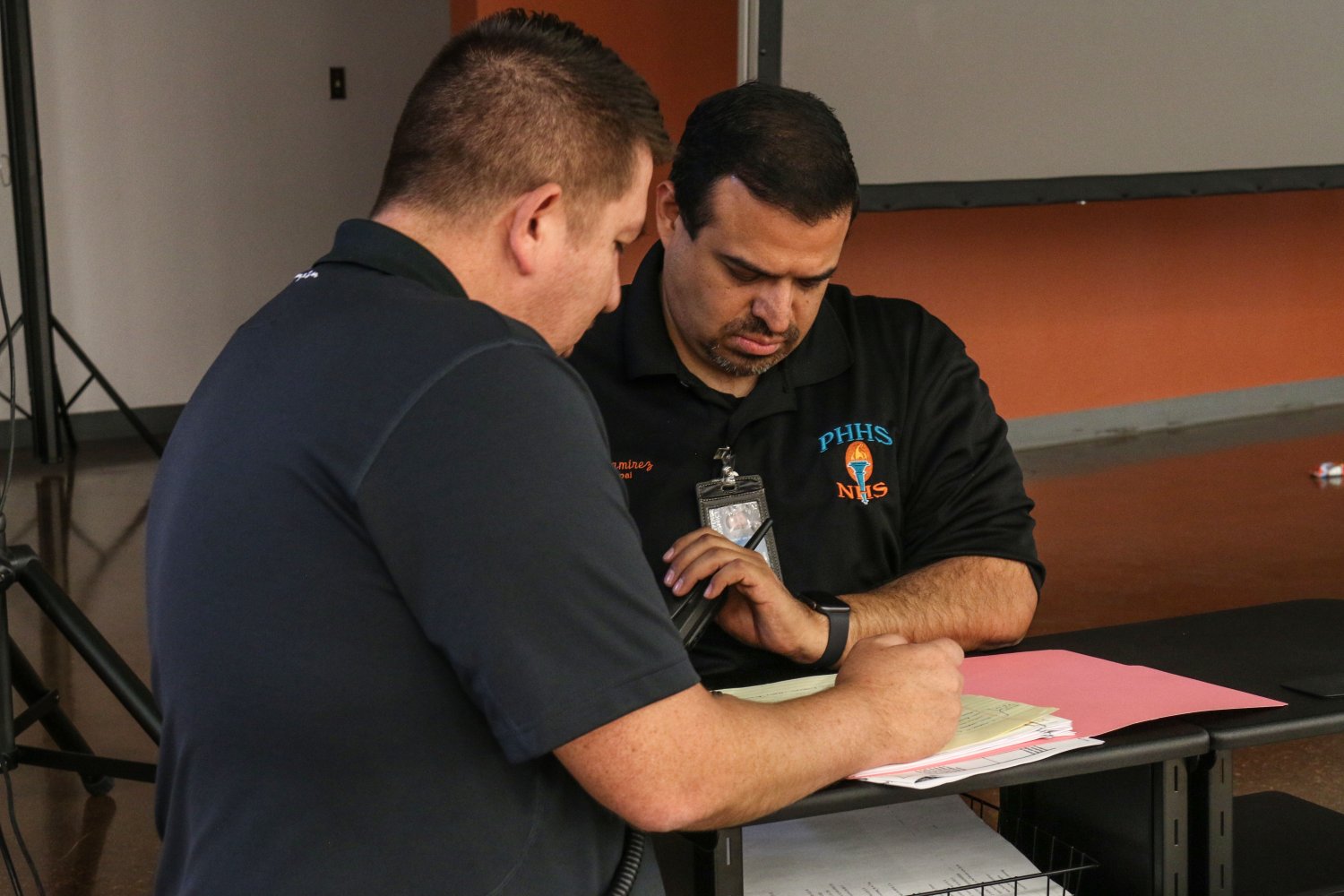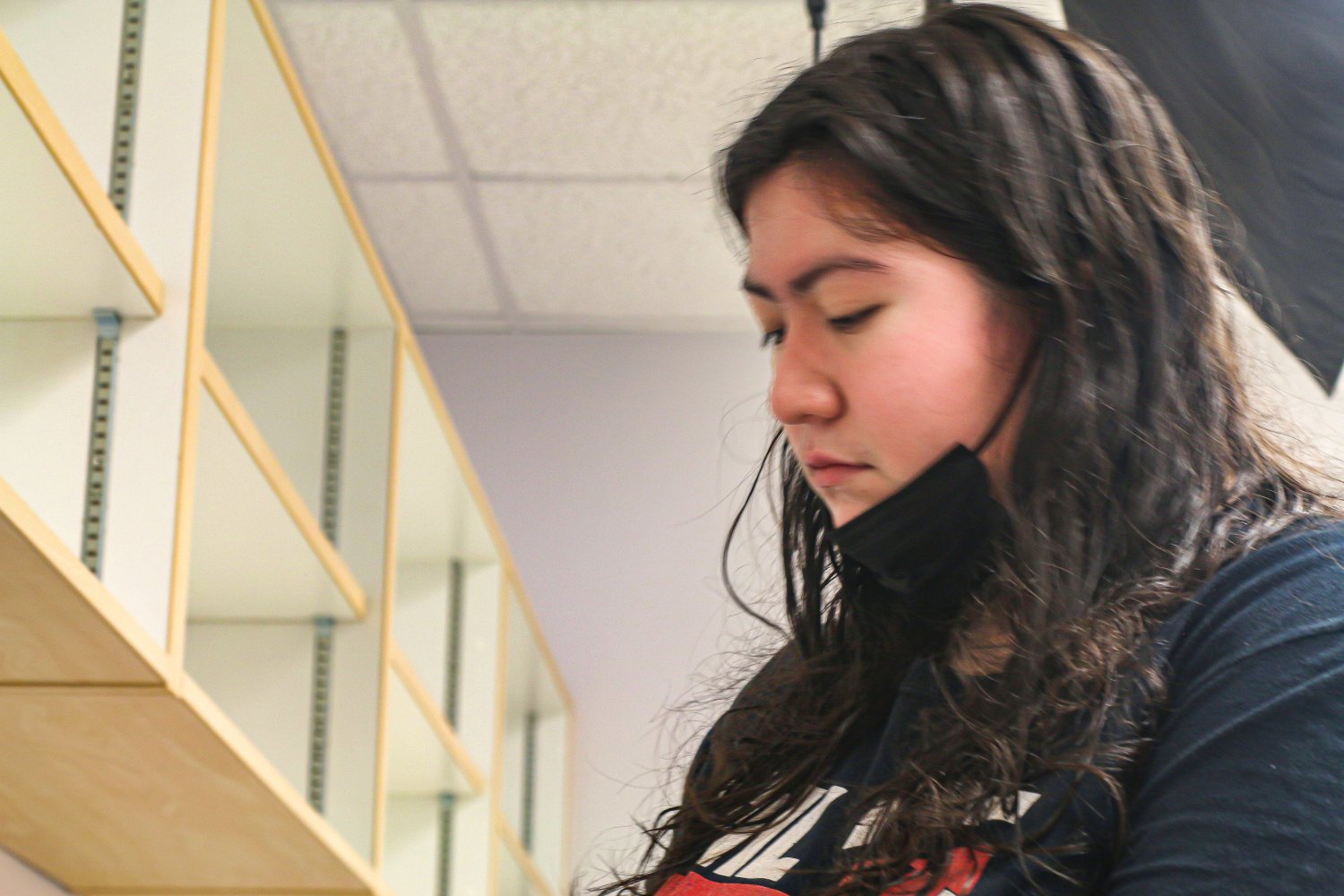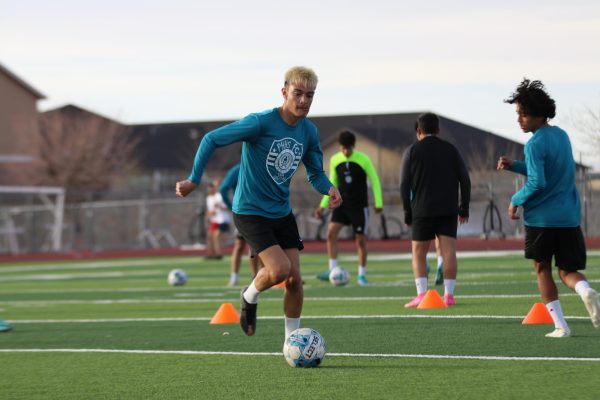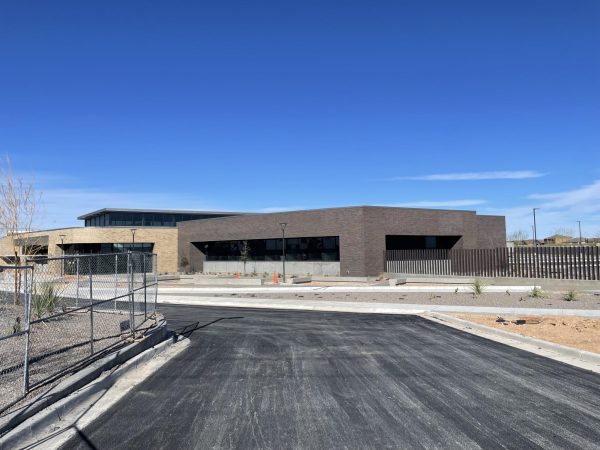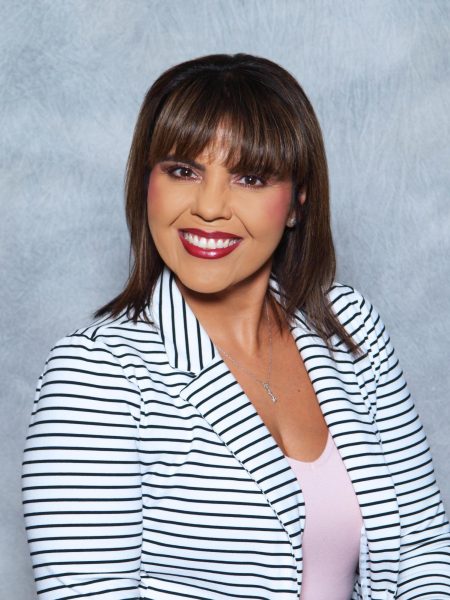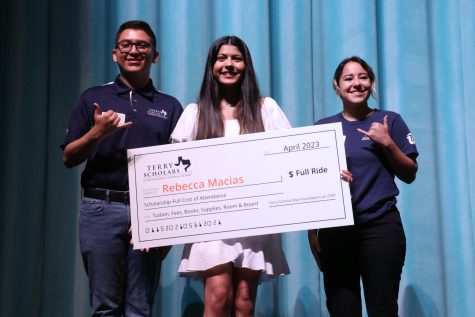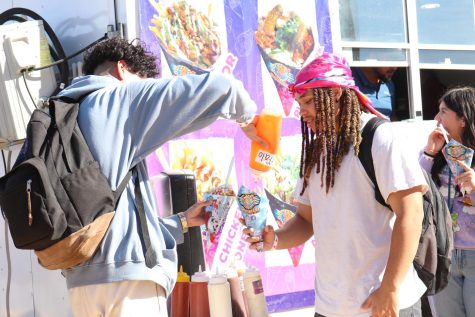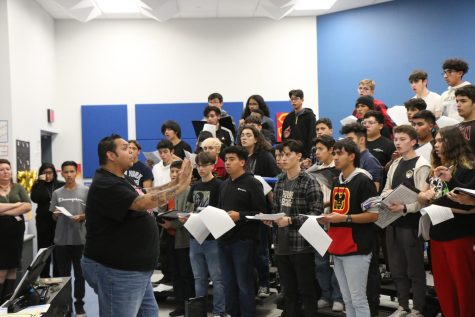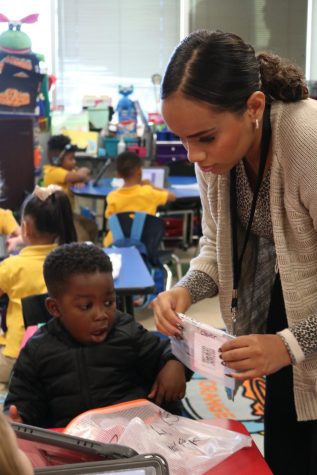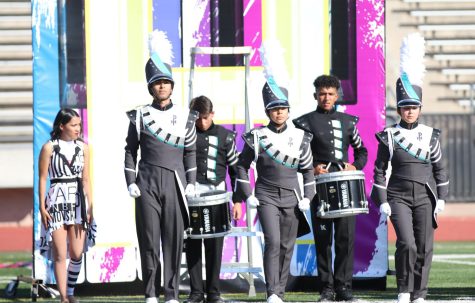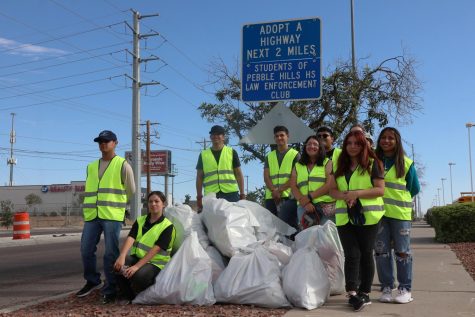Pebble Hills High School Intensifies Safety Procedures Amid Mass Shooting Concerns
Receptionist Lili Padilla monitors people wishing to enter the building through the camera at her desk, as new security system is implemented. Photo by Caitlyn Brabo
September 12, 2022
Sept. 6 marks the first day of school for students within the Uvalde Consolidated Independent School District. This is 147 days after an 18-year old mass shooter killed nineteen children and two adults at Robb Elementary School.
In response to the Uvalde mass shooting, the Texas School Safety Center has invested time and resources in ensuring those students do not come back to the same classroom environment. At Pebble Hills High School, students are being affected by similar policies.
According to a report from the El Paso Times, 12 area districts attended the Education Center Region 19 Superintendent Summit, including Socorro ISD.
Representatives were advised on various areas of safety procedures, including school security, law enforcement response, and information flow. This instruction comes after a review of safety procedures completed by the Texas School Safety Center, whose goals include ensuring the assessment and training of all teachers and faculty before the start of the new school year and assessments of access control procedures.
At Pebble Hills, safety procedures have looked extremely different from past years, where student and faculty IDs must be worn at all times, strict enforcement of entrance and exit pathways has been established, and safety audits are conducted by the state on the campus’ performance weekly.
According to principal Ivan Ramirez, the new enforcements are to help ensure the safety of students, faculty and staff.
“We do door checks [where we] make sure that all the outside doors are working properly, that they latch right, that there’s no easy way to come onto campus,” Ramirez said.
Changes outside of school are also occurring to ensure the safety of students and resource safety officer. Dietrich King has helped implement the new policies.
“This has been the procedure ever since the Uvalde shooting,” King said.
Changes and practices outside of school are also occurring to ensure the safety of students.
On Aug. 29, a simulation was conducted by local law enforcement to assess the entrances and exits on campus, as well as assess the proper actions needed to be taken in the event of a mass shooting.
“The simulation gave them a better feel of what the buildings looked like [and] how they need to go into classrooms,” Ramirez said. “We invited them with open arms because…I’d rather our law enforcement know the layout of our building and be better suited. Unfortunately, even a minute can cause damage, but the response time [of] our district has been under 5 minutes when we do have a situation.”
Increased law enforcement on campus has also been implemented, according to Ramirez.
“We have law enforcement here that responds immediately, and SISD has an officer that’s stationed at every school, so the response time should be immediate,” Ramirez said. “Whenever an officer does need to leave campus, they’ve actually been shifting around, so that somebody covers. In the near future…sometime during next year, [a] police station’s opening up right across the street.”
Despite these new policies and emphasis on enforcement on campus, many still feel the present and looming threats of gun violence.
Teachers and students alike have voiced concerns as to the adequacy of such policies on campus in ensuring a safe and productive learning environment for all.
“Honestly, in the past few years, I have not been feeling safe at all,” senior Marissa Grajeda. I’ve been preparing for the worst. I kind of fear for my life in public school, because [of] the mass shootings that have happened. I bring medical supplies on hand just in case something happens, because you never know.”
Similar sentiments have been echoed by Math teacher Minerva Espinoza.
“I get what they’re trying to do, but it’ll be tough for it to work the way they want it to,” Espinoza said. “There are a lot of entrances to this school. Staff is low, it’s hard to actually go through with it.”
Though an effort is being made in enforcing reactionary measures to school shootings, one must question their efficacy in preventing school shootings, as well as the effect it has on students and their learning environment.
According to the Center for the Study of Social Policy, approximately 75 percent of elementary, middle, and high school students receive mental health care in school settings. Studies show that providing these services not only improves health outcomes for the children served, but also makes schools safer overall.
Ramirez feels that safety is certainly a priority and a place where people come to learn, not where people come to be fearful.
Photos by Caitlyn Brabo

